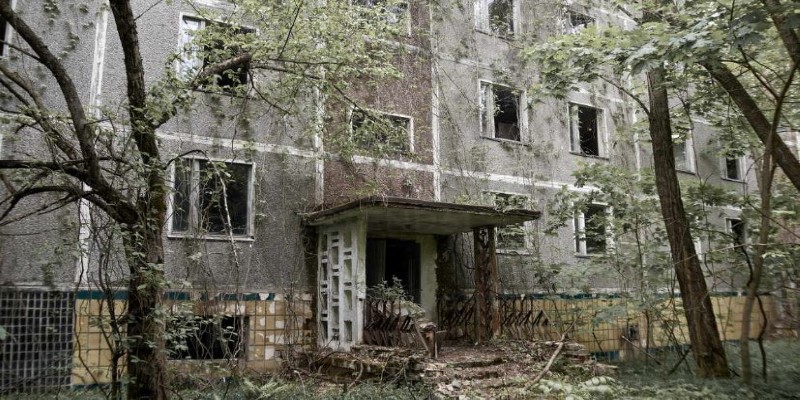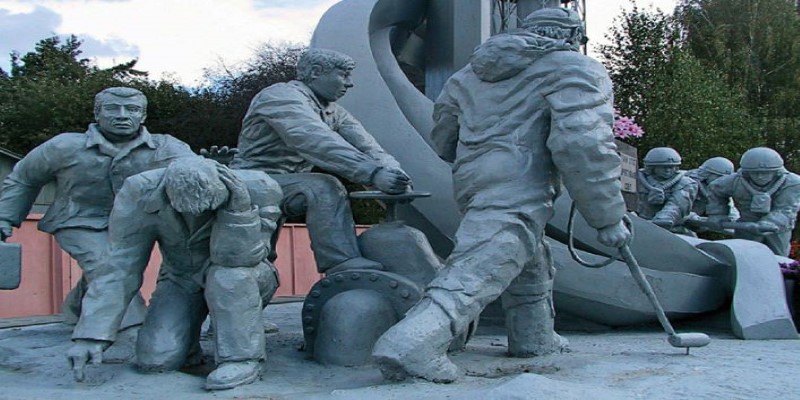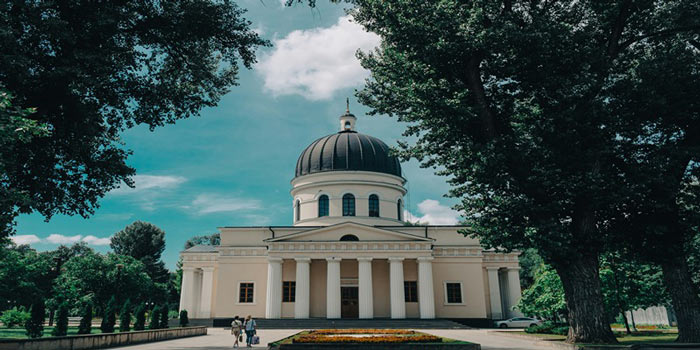Chernobyl and Pripyat, Ukraine, are names that evoke images of desolation and abandonment, yet they also tell a story of resilience and history. The catastrophic nuclear disaster of April 26, 1986, left these places in a state of haunting beauty, a poignant reminder of human error and natures ability to reclaim.
Today, they stand as open-air museums, drawing visitors who are curious about their past and the eerie silence that now fills the spaces once bustling with life. This exploration of Chernobyl and Pripyat offers a glimpse into a world frozen in time, capturing both the allure and the sobering reality of a disaster that reshaped the region.
The Chernobyl Disaster: A Brief Overview
The Chernobyl nuclear disaster was one of the most severe accidents in the history of nuclear power. On the fateful night of April 26, 1986, Reactor 4 at the Chernobyl Nuclear Power Plant exploded during a late-night safety test gone wrong.
The explosion released a massive amount of radioactive particles into the atmosphere, which spread over much of Europe. The immediate aftermath saw the evacuation of nearby towns and cities, including Pripyat, which was home to the plant workers and their families.
Pripyat: Once a Thriving City
Pripyat was founded in 1970 to accommodate the workers of the Chernobyl plant. By Soviet standards, it was a modern city with amenities like schools, hospitals, and a sports complex. At the time of the disaster, it had a population of around 49,000. The evacuation was conducted quickly, and residents left behind their homes, jobs, and lives. The city remains eerily preserved, offering a snapshot of Soviet urban life frozen in 1986.
Walking through Pripyat today feels like stepping into a time capsule. The decay is evident in the peeling paint and overgrown vegetation, but so is the sense of a life once lived here. The abandoned amusement park, with its rusting Ferris wheel and deserted bumper cars, stands as a ghostly reminder of the citys lost joy. The empty schools, with chalkboards still displaying lessons, and the vacant hospitals, with old medical equipment still in place, highlight the abruptness of the evacuation.
Chernobyl Exclusion Zone: The Area of Abandonment
The Chernobyl Exclusion Zone, a 30-kilometer radius around the reactor, is a place of restricted access, intended to limit human exposure to radiation. This zone encompasses not only Pripyat but also other nearby villages, as well as the Chernobyl plant itself. While radiation levels have decreased significantly over the decades, the area remains off-limits to the general public without proper authorization.

Within this zone, nature has begun to reclaim its territory. Forests have grown over once-busy roads, and wildlife, including species like wolves and wild boars, has thrived in the absence of human interference. This reclamation creates a surreal contrast with the abandoned man-made structures, presenting a landscape where nature and decay intertwine.
The Haunting Beauty of Abandoned Structures
One of the most striking aspects of Chernobyl and Pripyat is the beauty found in their abandonment. The stillness of the environment, combined with the overgrowth of nature, creates a haunting yet captivating scene. Buildings that were once state-of-the-art now lie in disrepair, their purpose long forgotten. The juxtaposition of human achievement against the encroaching wilderness makes these places both beautiful and melancholic.
In Pripyat, the deserted hotel Polissya, with its faded Soviet-era sign and the ghostly silhouette of the Palace of Culture, evokes a sense of grandeur now lost to time. These structures, though decaying, tell the story of a community that once thrived and was suddenly interrupted. The abandoned schools and kindergartens, with children's toys and books still scattered around, heighten the emotional impact of the visit.
Tourism and Preservation Efforts
In recent years, Chernobyl and Pripyat have become popular destinations for those interested in dark tourism and urban exploration. Guided tours offer visitors a chance to experience the haunting beauty of these locations while also learning about their history and the ongoing efforts to manage the disaster's legacy.
Tourism in the area is carefully regulated to ensure safety and respect the site's historical significance. Guides are trained to provide context and ensure that visitors follow safety protocols. Preservation efforts are also in place to protect the structures from further decay and monitor radiation levels to ensure they remain within safe limits.
The Legacy of Chernobyl and Pripyat
The legacy of Chernobyl and Pripyat extends beyond their immediate physical state. They serve as powerful symbols of the dangers associated with nuclear energy and the importance of safety and preparedness. The disaster led to significant changes in nuclear policies and safety protocols worldwide.

Furthermore, Chernobyl has become a focal point for discussions about the impact of technology on society and the environment. The stories of those affected by the disaster, from the first responders to the displaced residents, continue to resonate and remind us of the human cost of technological failures.
The Role of Art and Media in Shaping Perceptions
The haunting beauty of Chernobyl and Pripyat has captivated artists, filmmakers, and writers, shaping how we perceive these places. From documentaries to fiction, the imagery of Chernobyl's desolation has been a powerful tool in exploring themes of disaster, abandonment, and human resilience.
One of the most influential portrayals is the HBO miniseries Chernobyl, which aired in 2019. It brought global attention to the disaster and its aftermath, highlighting both the human stories and the technical failures behind the catastrophe. The series is praised for its attention to detail and historical accuracy, though it also sparked discussions about dramatization and the portrayal of historical events.
Photographers and artists have also been drawn to Chernobyl and Pripyat, using these sites as backdrops to explore themes of decay and memory. Their work often emphasizes the contrast between the beauty of the abandoned spaces and the underlying tragedy of the disaster.
Conclusion
Chernobyl and Pripyat are more than just abandoned sites; they are powerful reminders of a past catastrophe and a testament to the passage of time. Their haunting beauty captures both the fragility and resilience of human life and nature. Exploring these places offers a unique opportunity to reflect on history, understand the impact of disasters, and appreciate the slow, ongoing process of recovery and reclamation.
Visiting Chernobyl and Pripyat is not just about witnessing decay but about engaging with a significant chapter of modern history. The eerie stillness of these locations, combined with their historical and environmental significance, makes them both a haunting experience and a profound journey through time.



